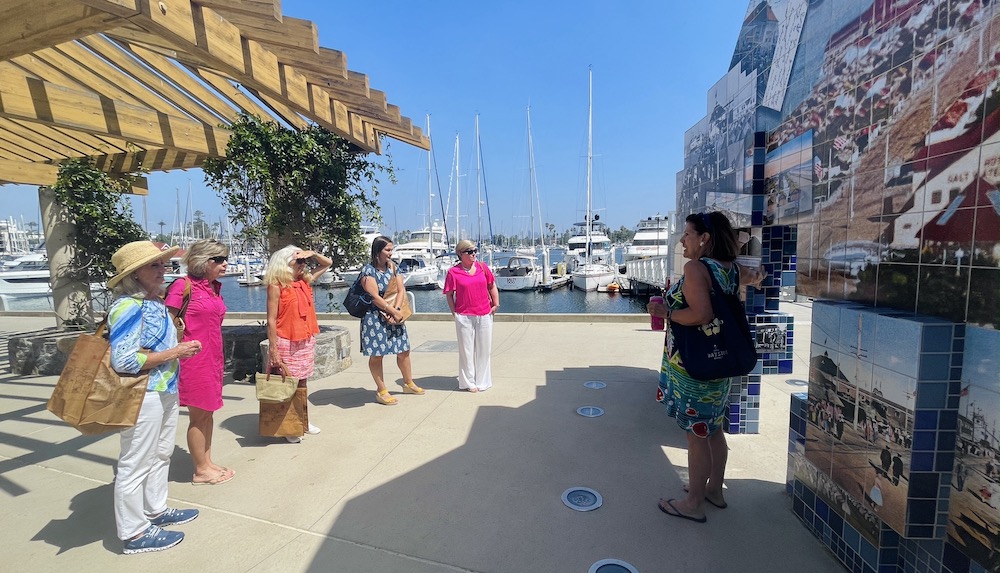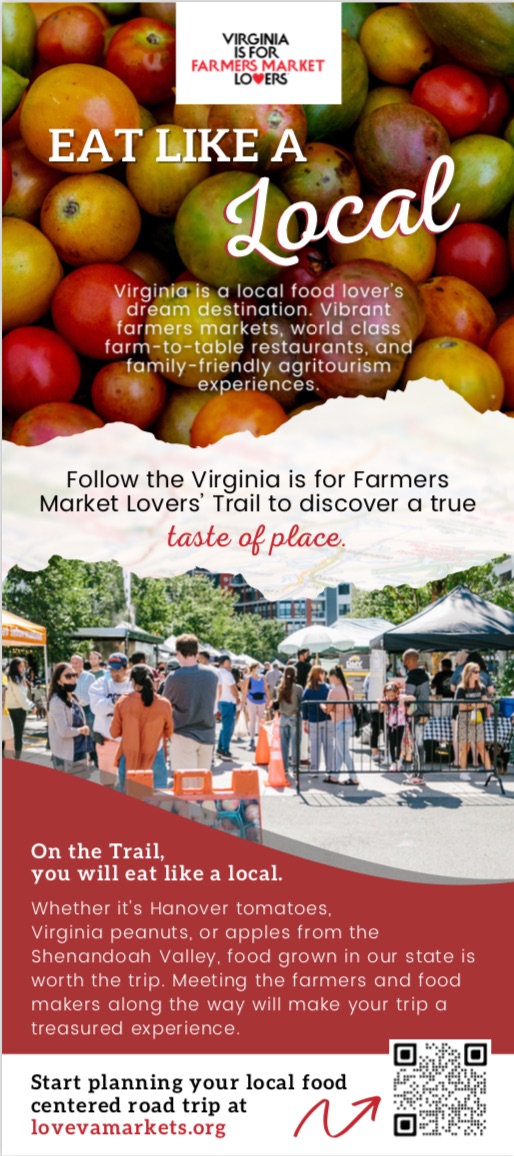When planning tasting vacations in culinary tourism, consider food tours, cooking classes, and local markets. Immerse yourself in the local food scene to balance food experiences with cultural activities.
Culinary tourism offers a gateway into a destination’s culture through its food. It encompasses activities such as cooking classes, food tours, and market visits, allowing travelers to experience the sensory and artistic medium of food. Furthermore, food tourism extends beyond what we eat, including how, where, and when we eat, providing an opportunity to appreciate the food and drinks that reflect the local culture.
Craft an itinerary that balances food experiences with sightseeing and cultural activities, and consider booking cooking classes, food tours, and market visits to immerse yourself in the local food scene. Overall, planning a tasting vacation in culinary tourism involves exploring the unique food culture of a destination while indulging in hands-on culinary experiences.
Introduction To Culinary Tourism
Culinary tourism, also known as food tourism or gastro-tourism, is a delightful journey that takes you through the various culinary landscapes of different regions and countries. It revolves around experiencing the local food culture, traditions, and cuisines, offering a unique blend of exploration, education, and indulgence for all the food enthusiasts out there.
Definition Of Culinary Tourism
Culinary tourism revolves around experiencing the local food culture, traditions, and cuisines, offering a unique blend of exploration, education, and indulgence for all the food enthusiasts out there.
Benefits Of Culinary Tourism
- Provides an immersive cultural experience
- Allows you to indulge in local delicacies
- Offers an educational insight into culinary traditions
- Promotes sustainable and ethical food practices
Growing Popularity Of Culinary Tourism
As travelers seek more authentic and unique experiences, culinary tourism has witnessed a surge in popularity. Exploring local food scenes, participating in cooking classes, and indulging in food and beverage festivals have become integral parts of travel itineraries.

Credit: www.virginia.org
Choosing The Right Food Travel Destination
Culinary tourism offers a delightful way to savor the essence of a destination through its local cuisine. When planning a tasting vacation, selecting the right food travel destination is paramount. From researching top culinary destinations to considering local cuisines and examining food safety standards, several factors come into play when making this crucial decision.
Researching Top Culinary Destinations
Before embarking on a tasting vacation, it’s vital to conduct thorough research on the top culinary destinations worldwide. Utilize reputable travel resources, food blogs, and culinary guides to identify renowned food-centric cities and regions. Pay close attention to reviews and recommendations from fellow food enthusiasts to ensure an authentic and unforgettable culinary experience.
Considering Local Cuisines And Specialties
When choosing a food travel destination, it’s crucial to consider the local cuisines and specialties that captivate your taste buds. Take into account the diverse array of dishes, ingredients, and cooking techniques unique to each destination. Delve into the rich culinary heritage and traditional delicacies that define the region, allowing you to immerse yourself in its gastronomic wonders.
Examining Food Safety And Hygiene Standards
Prioritizing food safety and hygiene standards is non-negotiable when selecting a food travel destination. Research the destination’s food regulations, inspection ratings of eateries, and the overall hygiene practices prevalent in the local food industry. Ensure that the chosen destination adheres to stringent standards, safeguarding your culinary adventures against any potential health hazards.
Immersing Yourself In The Local Food Scene
Immerse yourself in the local food scene during your culinary tourism adventure. Craft a balanced itinerary that includes cooking classes, food tours, and market visits to fully experience the flavors of your destination while also leaving room for spontaneous food discoveries.
Taking Cooking Classes
One of the best ways to immerse yourself in the local food scene during your tasting vacation is by taking cooking classes. Whether you’re a beginner or an experienced cook, these classes provide an opportunity to learn the secrets of local cuisine from professional chefs. Not only will you learn how to prepare traditional dishes, but you’ll also gain insights into the culture and traditions that surround the food.
During these classes, you’ll get hands-on experience in the kitchen, using local ingredients and following authentic recipes. This allows you to not just taste the flavors but also understand the techniques and ingredients that make the cuisine unique. From mastering the art of making pasta in Italy to learning the intricate spices of Indian curries, cooking classes offer a truly immersive experience that goes beyond just eating.
Joining Food Tours
Another way to delve deep into the local food scene is by joining food tours. These guided tours take you to the heart of the culinary culture, allowing you to taste a variety of dishes while learning about the history and significance behind them. You’ll have the opportunity to visit the most renowned restaurants, street food vendors, and local food markets, all carefully selected to showcase the authentic flavors of the destination.
Food tours provide a unique opportunity to explore the city’s hidden gems and try dishes you might not have discovered on your own. It’s like having a local food expert by your side, sharing their knowledge and passion for the cuisine. Whether you’re walking through the vibrant neighborhoods of Bangkok, exploring the bustling food markets of Marrakech, or hopping between food stalls in Mexico City, food tours offer an adventure for your taste buds.
Exploring Street Food And Local Markets
If you want to immerse yourself in the local food scene, don’t miss out on exploring the street food and local markets. These vibrant and bustling spots are where you’ll find the true essence of a destination’s cuisine. From sizzling skewers to aromatic curries, the widest variety of flavors can be found in the humble street food stalls.
Take a stroll through the local markets to witness the colorful display of fresh produce, aromatic spices, and local delicacies. Engage with the vendors, ask them about their ingredients, and even sample some of their offerings. These markets are a feast for the senses, with the sights, sounds, and smells enveloping you in the gastronomic delights of the destination.
Whether you’re exploring the night markets of Taiwan or the bustling souks of Morocco, street food and local markets provide an authentic and immersive experience that will leave you with a deeper appreciation for the local cuisine.

Credit: coronadovisitorcenter.com
Crafting Your Culinary Itinerary
Crafting your culinary itinerary involves meticulously planning tasting vacations in culinary tourism. From cooking classes to food tours and market visits, balancing food experiences with sightseeing and cultural activities is essential. Be sure to leave room for spontaneous food discoveries to fully immerse yourself in the local food scene.
Balancing Food Experiences With Sightseeing
When crafting your culinary itinerary, it’s important to find a balance between food experiences and sightseeing. After all, exploring a new city goes beyond just indulging in its culinary delights. Consider starting your days with sightseeing activities to fuel your appetite for the culinary adventures that lie ahead. Visit local landmarks, museums, and gardens to immerse yourself in the cultural richness of the destination. Then, in the afternoon and evening, dive into the city’s food scene, exploring local markets, food tours, and cooking classes to truly savor the flavors of your destination.
Booking Culinary Experiences In Advance
While leaving room for spontaneous food discoveries is essential, it’s also wise to book some culinary experiences in advance. This ensures that you won’t miss out on popular food tours, cooking classes, or dining experiences that may have limited availability. Research the top-rated culinary experiences in your chosen destination and make reservations ahead of time. This way, you can guarantee your spot and be prepared for the culinary journey that awaits you.
Leaving Room For Spontaneous Food Discoveries
While it’s important to plan your culinary itinerary, it’s equally crucial to leave room for spontaneous food discoveries. Some of the best culinary experiences can happen unexpectedly, from stumbling upon a hidden food market to trying a local street food vendor recommended by a friendly local. By allowing yourself flexibility in your schedule, you open up the opportunity to be pleasantly surprised by the culinary gems that you may not have come across otherwise. Embrace the spontaneity and let your taste buds lead the way!
Tips For A Successful Tasting Vacation
Embarking on a tasting vacation in culinary tourism is an exciting and immersive way to explore different cultures through their food. To ensure your tasting vacation is a success, here are some tips to keep in mind.
Trying New And Unfamiliar Foods
One of the highlights of a tasting vacation is the opportunity to try new and unfamiliar foods. Stepping out of your comfort zone and embracing the local cuisine is a surefire way to make your trip memorable. Be adventurous and open-minded when it comes to trying new flavors and dishes. Sample the regional specialties, and street food, or even visit small family-owned restaurants to truly immerse yourself in the local food scene.
Engaging With Local Chefs And Food Producers
An integral part of a tasting vacation is engaging with local chefs and food producers. Interacting with these culinary experts provides a deeper understanding of the food culture and traditions of the region. Consider booking cooking classes, food tours, or visiting farms and markets to learn directly from the source. These experiences not only enhance your knowledge but also allow you to forge connections with the local community.
Capturing Culinary Memories Through Photography
Photography plays a significant role in preserving and capturing culinary memories. Bring along your camera or smartphone to document the unique and mouthwatering dishes you encounter. Capture the vibrant colors, intricate plating, and the joyous moments shared around the table. These photographs will serve as a visual reminder and allow you to relive your tasting vacation long after it’s over.
With these tips in mind, you’re well on your way to planning a successful tasting vacation in culinary tourism. Embrace new flavors, engage with local food experts, and capture culinary memories through photography. Bon appétit!

Credit: vafma.org
Frequently Asked Questions On Planning Tasting Vacations In Culinary Tourism
How Do You Plan A Culinary Trip?
To plan a culinary trip, first set your expectations. Choose the right food destination and get hands-on with local cuisine. Consider attending cooking classes, food tours, and exploration of street and night markets. Additionally, leave some free time for spontaneous food discoveries in your itinerary.
What Are The Components Of Culinary Tourism?
Culinary tourism includes activities like cooking classes, food tours, attending food festivals, specialty dining experiences, and visiting farms and markets. It focuses on food products and allows travelers to experience a destination’s culture through the medium of food. Gastronomy tourism goes beyond food and includes how, where, and why we eat.
What Is The Difference Between Gastronomy Tourism And Culinary Tourism?
Gastronomy tourism focuses on food products, while culinary tourism goes beyond that. Culinary tourism includes how, where, and when we eat, and why we eat certain foods. It allows travelers to learn about food in detail, like the paddock-to-plate concept.
Why Culinary Tourism Is An Essential Part Of Travel?
Culinary tourism is essential for travel as it allows you to experience a destination’s culture through food. Even simple activities like visiting a local food market can help you appreciate the local culture.
Conclusion
Embark on a culinary adventure and indulge your taste buds with a tasting vacation in culinary tourism. Immerse yourself in the local food scene by taking cooking classes, joining food tours, and visiting markets. Craft an itinerary that balances food experiences with sightseeing and cultural activities, allowing for spontaneous food discoveries along the way.
Experience a destination’s culture through the sensory, artistic medium of food and appreciate the flavors that reflect local traditions. Let your taste buds guide you on an unforgettable journey of culinary exploration.


Leave A Comment